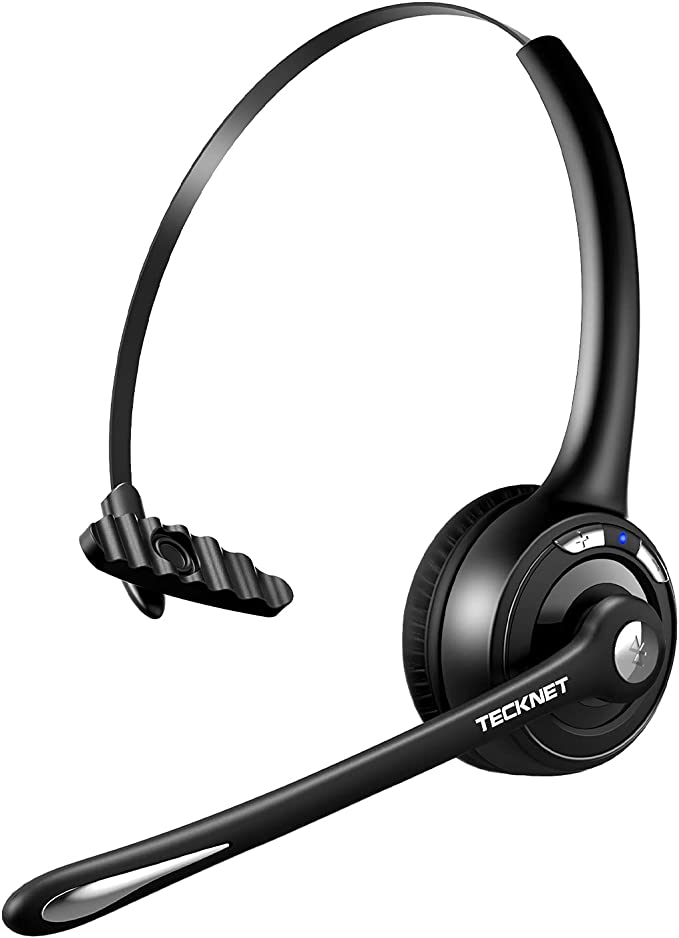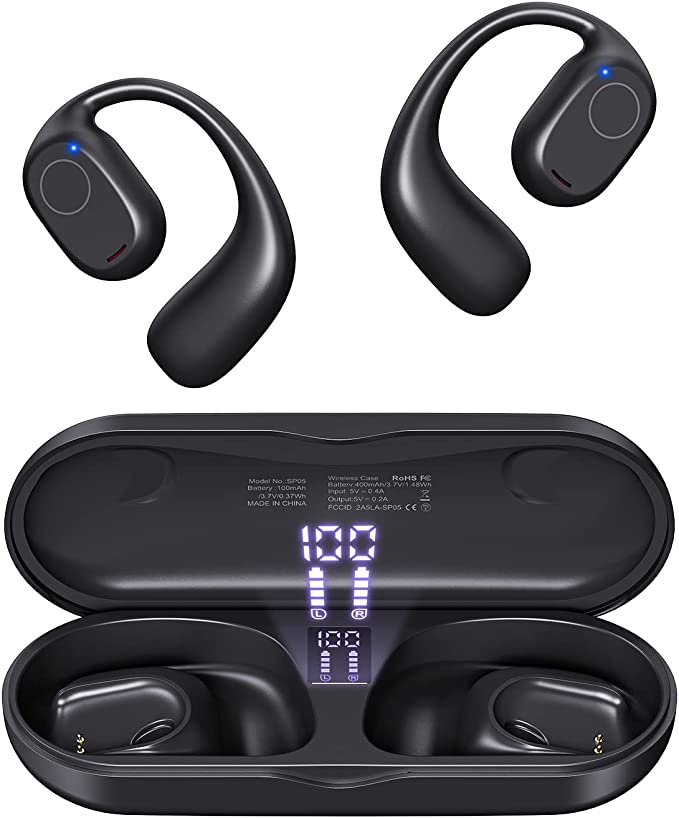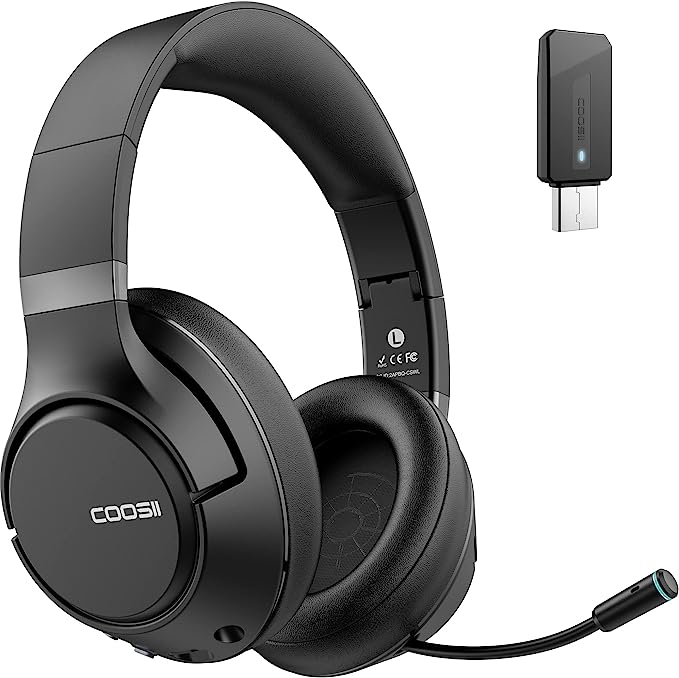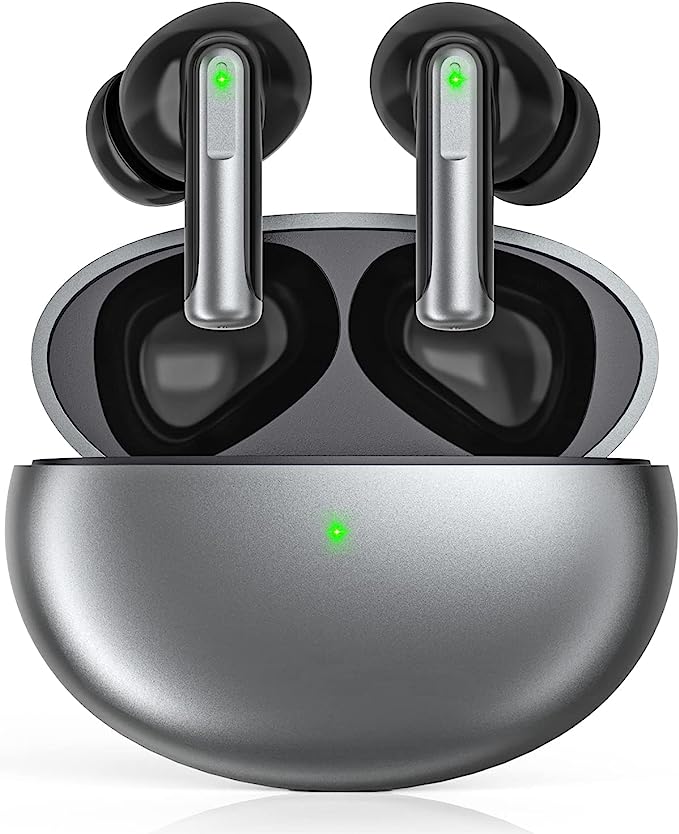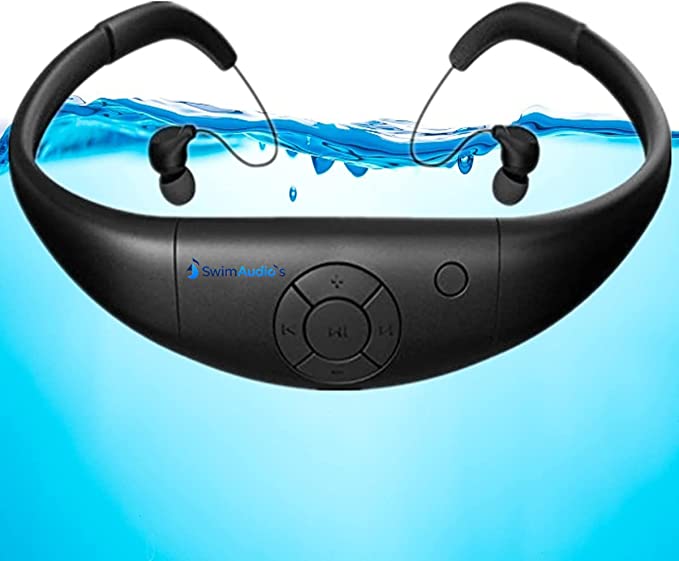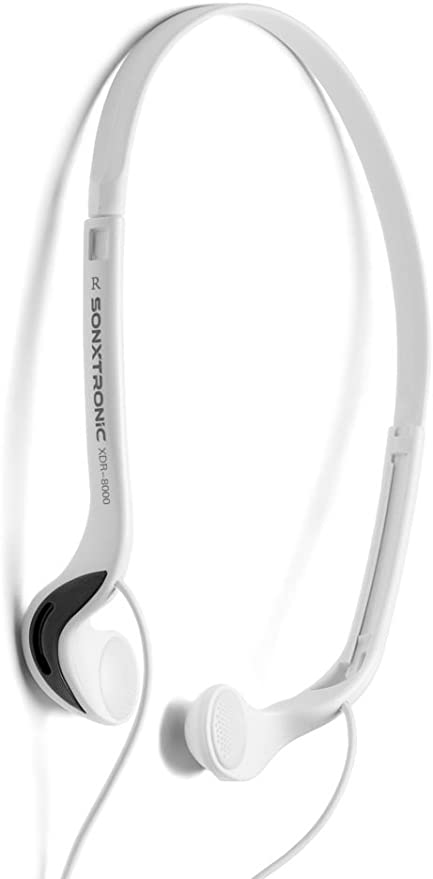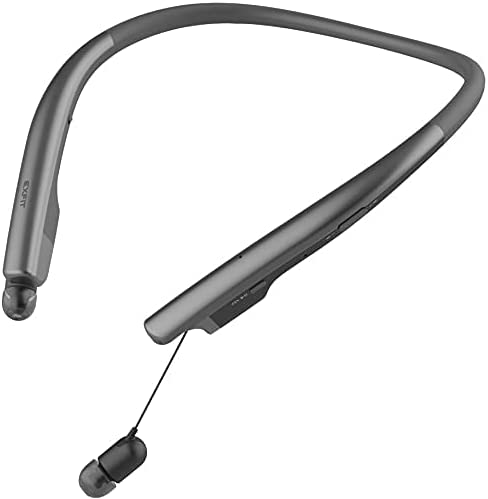Beyond the Gimmick: A Framework for Choosing Technology That Truly Serves the Elderly
Update on Oct. 21, 2025, 1:17 p.m.
We are living through a paradox. The same technological boom that has connected the globe in unprecedented ways has also coincided with a silent epidemic of loneliness, particularly among the elderly. The World Health Organization identifies social isolation as a critical public health issue for older adults, linking it to increased risks of dementia, heart disease, and depression. In response, a market has flooded with “tech for seniors”—devices promising connection, safety, and simplicity. Yet many of these well-intentioned gadgets end up gathering dust, their complexity outweighing their benefit.
The challenge is that designing for an older demographic is not about stripping features away; it’s about a fundamental shift in design philosophy. It’s a field known as Gerontechnology. A Wi-Fi-enabled digital picture frame, for example, can be a powerful tool against isolation or a source of profound frustration. The difference lies not in the specifications, but in the empathy with which it was designed.
This guide is not a list of top-10 products. It is a framework for understanding what makes technology truly effective and dignified for older adults. It will empower you to look beyond the marketing gimmicks and make choices that genuinely enhance the life of your loved one.

Principle 1: Reliability Over Features
For many technology products, the selling point is an ever-expanding list of features. For gerontechnology, the most important feature is reliability. An older user is not looking for a device that can do twenty things; they need a device that will do one thing perfectly, every single time.
Consider a digital picture frame. Its core function is to display photos sent by family. This function must be as reliable as a toaster. When it fails—when a user reports that “permissions to send photos ‘expire’” or the frame “reverts back to the home screen randomly”—it breaks the user’s trust. For an older person who may already feel hesitant about technology, this failure reinforces a narrative of “I can’t do this.” The anxiety it produces negates the joy the photos were meant to bring.
Evaluation Checklist: * Does the core function of the device depend on a stable Wi-Fi connection? If so, how does it handle temporary outages? Does it recover gracefully? * Read user reviews with a focus on long-term ownership. Do complaints about bugs, freezes, or connection issues increase over time? * Is the power supply and cable robust and easy to insert?
Principle 2: Acknowledge the Physical and Cognitive Reality
Effective design for seniors must accommodate the realities of aging, which can include changes in vision, hearing, motor skills, and cognitive processing.
Physical Accessibility: The trend toward sleek, buttonless touchscreens can be a usability nightmare for someone with arthritis, tremors, or less sensitive fingertips. In this context, a device like the Arktronic AK-W215B, which is a non-touch model operated by a physical remote control, can be a superior design choice. The tactile feedback of a button is unambiguous. The remote can be held comfortably without obscuring the screen. As one user noted, the remote for this particular model takes standard AAA batteries, a godsend compared to tiny, hard-to-replace button cells. The physical design must match the user’s physical capabilities.
Cognitive Accessibility: An interface should be clean, with high-contrast text and clear, universally understood icons. A user review describing a companion app’s logic as “found wanting” and requiring “a lot of trial & error” is a massive red flag. A good interface for an older adult requires zero trial and error. The path to perform a key action should be short, linear, and obvious. Ambiguity is the enemy of adoption.
Evaluation Checklist: * Input Method: Does the device rely solely on a touchscreen? Is there a physical alternative like a remote or voice commands? Are buttons large and clearly labeled? * Interface: Is the on-screen text large and high-contrast? Are menus simple, or are they nested in complex layers? * Setup Process: Can the device be pre-configured by a family member before being delivered? How much setup is required from the end-user?
Principle 3: Preserve the Dignity of Maintenance
Every piece of technology requires some form of maintenance, from charging a battery to updating software or troubleshooting a connection. How a product handles these moments is a critical test of its design.
The goal is to maximize the user’s autonomy and preserve their dignity. A device that constantly requires an adult child to log in remotely to fix a problem, or demands that the user navigate a complex settings menu to enter a new code, subtly shifts the dynamic. The user is made to feel dependent and helpless. The “gift” becomes a recurring chore for the giver and a source of inadequacy for the receiver.
The ideal geron-technological product is one that is “set and forget” or, even better, can be remotely managed by a designated family member without requiring any action from the user. For instance, a family tech administrator should be able to approve a new user or troubleshoot a setting from their own app, without ever needing to bother the elderly recipient. The design should assume the end-user is not the tech support.
Evaluation Checklist:
* Remote Management: Can a family member or caregiver manage the device’s settings from their own phone or computer?
* Error Messages: Are error messages (e.g., “Disconnected from Wi-Fi”) clear, and do they offer a simple, actionable solution? Or are they cryptic and anxiety-inducing?
* Customer Support: Is customer support easily accessible? A user’s complaint that “it is very difficult to reach customer service for support” is a critical failure for this market segment.

Conclusion: A Tool for Connection, Not a Test
Choosing technology for an elderly loved one is an act of care. The goal is to provide a tool for connection, not an intelligence test. By moving beyond a checklist of features and applying a framework based on reliability, accessibility, and dignity, we can make better choices. We can select products that seamlessly integrate into a life, quietly bridging distances and fostering joy, rather than creating new barriers of frustration. The best technology for any user, but especially for an older one, is the technology that disappears, leaving only the human experience it was designed to enhance.









